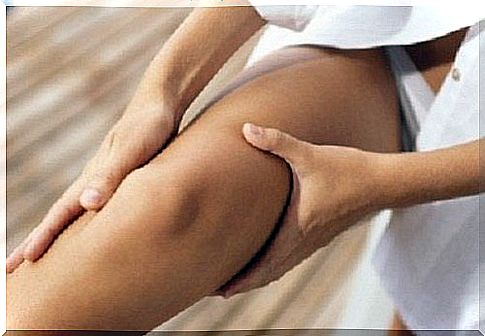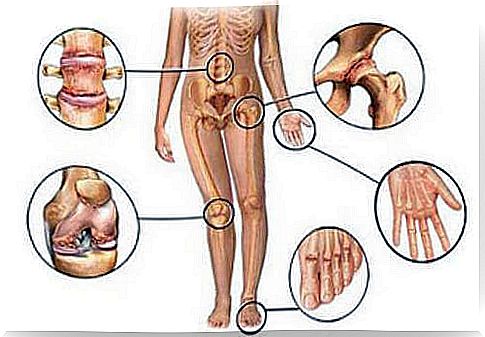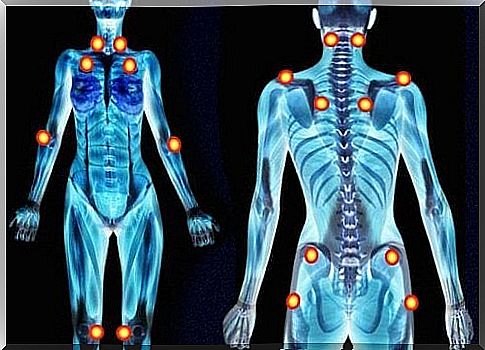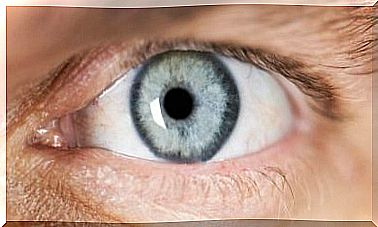Pain In The Arms And Legs: Where Does It Come From?

Has this ever happened to you? You come home one day with excruciating pain in the arms and legs or a heavy feeling that makes you not want to move. It forces you to sit down even if you don’t want to rest.
It is important to note that this is common and is usually the result of an overworked muscle or simple fatigue at the end of the day. Perhaps more importantly, if this pain lasts for weeks or even months, you should be concerned.
Today let’s talk more extensively about pain in the arms and legs.
Causes of Pain in the Arms and Legs
Pain in the extremities is a common condition. It doesn’t matter how old you are. Even children and teenagers can suffer from this as they grow and their bodies change.
But what if you are an adult? So what causes the pain in the arms and legs? Let’s see.
Cold and flu

Pain in the arms and legs can start a few days before the rest of the flu and cold symptoms set in. This is a typical pattern of these seasonal conditions and something most people have experienced.
You may wonder why it is so extreme, that acute muscle pain. This is because a virus infection attacks your body, which in turn tries to defend itself.
Large numbers of lymphocytes are released into the bloodstream to fight against the enemy, but this defensive response causes your body temperature to rise and release molecules that cause inflammation known as prostaglandins.
All this causes the classic pain in the legs and arms, general malaise and usually fever. That’s why it’s common for one of the first symptoms of a cold or flu to be pain in the arms and legs.
joint pain

This is a common cause of pain after age fifty. Remember that your arms and legs are the most frequently used parts of your body and are made up of intricate joints that can become inflamed or worn out for a number of reasons.
This causes feelings of heaviness, fatigue or a burning sensation in the thighs and shoulders. The pain may not be focused on the joint itself – it often radiates to the surrounding muscle tissue or to the entire body part.
Circulation problems

If the pain in your arms and legs is related to your circulation, you often have other symptoms as well, such as:
- Numbness in the arms and legs, combined with cramps in your hands or feet.
- The appearance of ulcers on the legs.
- Loss of strength in the hands – you may be dropping things more often.
- Headache.
- Blue tint of the nails.
- Dizziness when you stand up.
- A feeling of heaviness in the legs, or swollen hands and fingers.
- The appearance of varicose veins.
Note if you also experience these symptoms, as they may be related to circulation problems. This is very important, especially if you also experience irregular heartbeats or breathing problems.
In these cases you should consult your doctor as it could be a sign of heart problems. Don’t wait for this!
Fibromyalgia

If you have pain in the arms and legs for more than a few months at a time, or if it affects your work and daily life, you may be suffering from fibromyalgia.
It is important to know the other symptoms of this :
- In addition to the pain, there is also severe fatigue.
- Some joints hurt a lot, such as your hips, neck, collarbone, elbows, knees or buttocks.
- Suffering from sleeping problems and especially in the morning a lot of pain.
- Suffering from migraines, memory loss or difficulty concentrating.
Finally, we would like to remind you that pain in the arms and legs is generally simply caused by fatigue and occurs later in the day.
As we mentioned at the beginning of the article, if the pain lasts for weeks or months and your daily life suffers, it’s time to see a doctor.
Don’t forget how important it is to maintain a healthy lifestyle, with healthy eating habits, and to exercise regularly. This helps to manage stress and prevents your musculoskeletal system from becoming overloaded.








